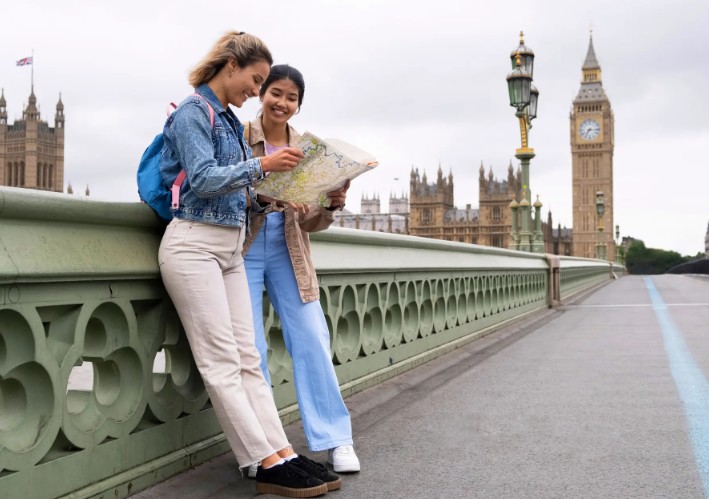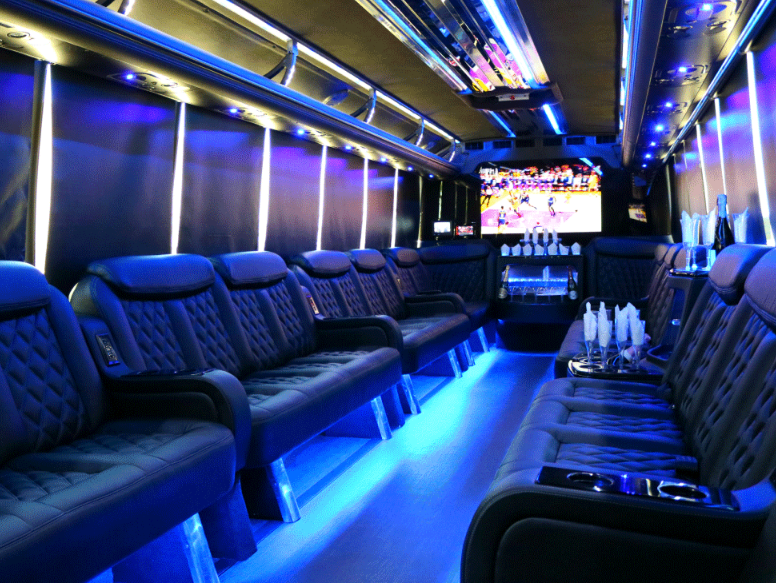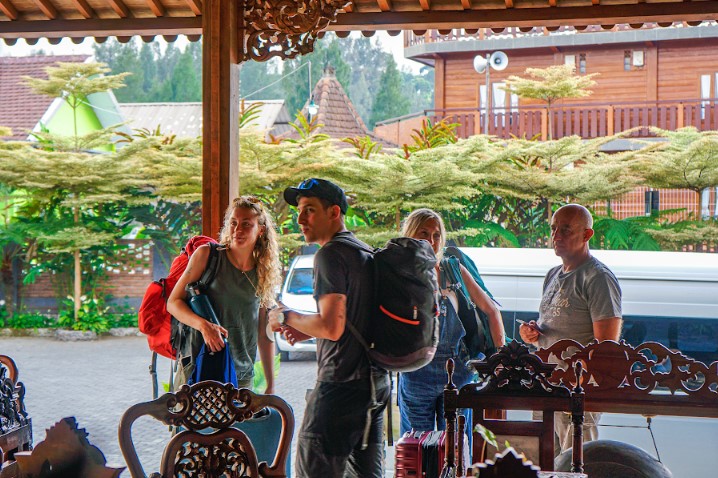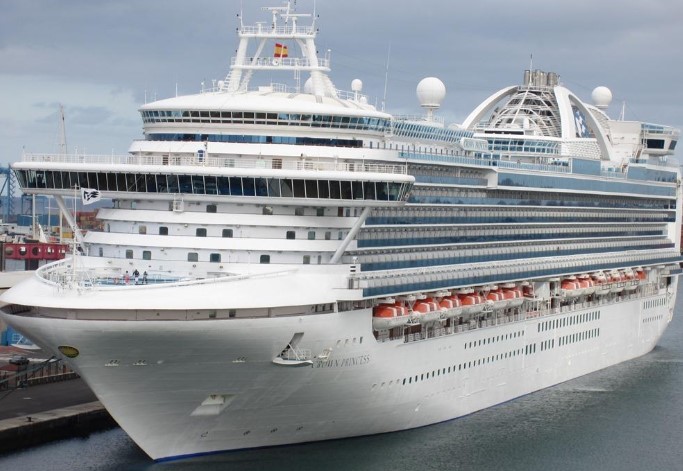Although Chinese consumer confidence is growing, desire for travel has shown a faltering recovery due to sporadic COVID-19 outbreaks. A predictable pattern is emerging where desire for travel recovers roughly two months after a decline and even though international travel is restricted, the desire for travel remains. Furthermore, travelers’ preferences are shifting, with implications for travel companies.
This article updates findings of McKinsey’s Survey of Chinese Tourist Attitudes and compares the results across the five surveys taken in April 2020, May 2020, August 2020, January 2021, and October 2021. It also examines the implications of shifting attitudes toward travel and offers actions that travel companies may consider when planning for the year ahead.
Consumer confidence is growing but desire for travel shows a pattern of spikes and dips
Confidence in China’s recovery is growing—consumer confidence is now at the highest level since the start of the pandemic. In February 2020, consumer confidence was at 43 percent. In October 2021, 67 percent of respondents indicated that they believe the Chinese economy will recover within two to three months (Exhibit 1).
Exhibit 1

As confidence grows, consumer spending is also showing signs of recovery. The latest Survey of Chinese Tourist Attitudes indicates that the majority of respondents, 77 percent of households, expect their income to stay constant in the near future and essential spending and discretionary spending have both increased since March 2021 and are stabilizing.
When it comes to travel sentiment, desire for travel has spiked and dipped as COVID-19 outbreaks continue. Previous McKinsey research indicated that the resurgence of domestic travel would support China’s travel industry recovery.
But, with recent sporadic outbreaks, confidence in domestic travel has been affected. For instance, in October 2021, only 2 percent of people planned to travel in the next two months. But comparing the results of the five tourist attitude surveys, it appears that COVID-19 outbreaks suppress travel desire for up to two months. The good news is that confidence in domestic travel safety quickly rebounds, showing a predictable pattern of recovery (Exhibit 2 and 3).
Exhibit 2

Exhibit 3

Travel patterns echo the fluctuations in travel aspiration. The number of airline passengers increased by 61 percent between August and September 2021, then increased by 8 percent in October, followed by a decrease of 45 percent between October and November. Similarly, the number of rail passengers showed a 47 percent increase, a 9 percent increase, and a 42 percent decrease in the same months.
But despite the fluctuations, the sentiment survey shows that the desire for travel remains. Currently, 42 percent of respondents plan to travel domestically for their next leisure trip, 26 percent of these involve flights of more than three hours of travel time.
International travel remains attractive, but recovery seems to be still a long way off
Chinese travelers express a desire to travel, both domestically and abroad. Even though international travel is restricted and the majority of respondents still perceive international travel as unsafe—and are not planning international travel in the near term—the survey shows continued strong interest in international destinations. Desire for overseas travel has rebounded to pre-pandemic levels with APAC being the top choice (24 percent). Southeast Asia, Europe, Russia, and Japan are named as the most desired overseas destinations.
Various factors affect willingness to travel internationally. As China’s policy announcements continue to delay any international opening, outbound leisure travel will likely be slow to return. To travel internationally, the Chinese consumer wants to see close to zero COVID-19 cases in the destination country (86 percent rated this as a top 3 factor). As the world adjusts to endemic COVID-19 with outbreaks of new variants, this scenario may be unlikely in the near future. Recently it looked as if Hong Kong might be the next destination to open, given its low COVID-19 cases, however, the traffic impact is difficult to predict and the recent outbreaks add an extra layer of complexity to the border reopening. The second most important factor for Chinese travelers is the removal of quarantine in China upon return (84 percent).
Travel patterns to Macau illustrate how COVID19 cases and quarantine requirements have an immediate impact on travel. When the COVID-19 situation stabilized, with no new local breakouts in Macau and no quarantine required for tourists from low-risk areas, the number of tourists recovered to 50 percent of pre-pandemic levels. During a period of COVID-19 outbreaks in Macau in late September and early October 2021, roughly 1,000 tourists traveled to Macau a day. During October, this number reached 20,000 a day and peaked at 30,500 in a single day in late October.
The latest findings have implications for travel companies, particularly around product, channel, and loyalty
Even during the current travel restrictions, there are shifts in traveler preferences and behaviors which may endure. Consumers and travelers are adapting to circumstances, and confidence in domestic travel safety tends to rebound quickly after sporadic outbreaks. As international travel is still restricted, domestic travel has revived, albeit in spikes and dips. There are strategies that travel companies could consider in this new landscape, including how they approach product, channel, and loyalty.
Develop travel products to match consumers’ travel aspirations
New domestic travel products have already been developed to substitute for overseas travel. As consumers’ travel aspirations change, companies could consider ways to match product offerings to current desires. The latest wave of the survey shows that travelers are looking forward to visiting new attractions, but due to travel policies, nearly half of respondents said a short trip to a new site is their number one choice. A short-haul trip to see a new attraction is top of mind (49 percent), followed by a long-haul trip to explore a new destination. For revisits, respondents favor longer trips to more interesting sites over shorter trips (Exhibit 4).
Exhibit 4

Consequently, travelers are planning trips around their hometown cities as a first choice. This preference provides opportunities for tourism companies to attract in-city demand by providing experiences in line with what travelers are looking to do during these trips.
In terms of expectations around what travelers wish to experience on their leisure trips, interest in visiting cultural or historical sites has increased from 39 percent to 44 percent and is now the second most favored activity. This has surpassed beach and resort trips, although these still remain popular. Shopping and “foodie” trips which featured as categories of interest in previous surveys no longer rate in the top five. Outdoor scenic destinations remain the most popular (Exhibit 5).
Exhibit 5

Even as people favor trips in their local cities and nearby areas, they are seeking more sophistication and satisfaction beyond buying something new or experiencing new cuisine. Emotional satisfaction is becoming increasingly important. This is in line with the pre-COVID-19 trend of moving away from functional travel, to experiential travel, and ultimately to transformational travel. In other words, travelers wish to learn something new or have a transformative personal experience during their leisure trips.
Accordingly, travel companies could develop products around the major cities as well as culture-trip products inside the cities in response to the desire for short-haul trips exploring new attractions with a preference for culture visits. Companies have begun to act on these trends. For example, Dishui Lake, an hour’s drive from Shanghai witnessed double the number of tourists from 2019 to 2021.
In another example, several leading travel-product providers have increased the number of citywalk products for historical sites.
Consider channels: Generation Z and the Silver Generation are different, but not as different as expected
The survey shows that Generation Z and the Silver Generation share many similarities in terms of travel destinations, key travel considerations, how they book their trips, and where they get inspired for their next trip.
Both Generation Z and the Silver Generation have lower income than other groups, but both are important emerging segments for tourism. Generation Z is growing into the future traveler of the tourism market and the Silver Generation is gaining proportion given China’s aging society and this segment’s high travel frequency. The percentage of Chinese citizens above the age of 55 doubled between 1990 and 2020, growing from 12 to 24 percent.
The Silver Generation is now the most active travel segment. The majority of this generation (87 percent) travelled in the past 1-3 months, compared to 60 percent of Generation Z. The average across all age groups for travel in this period is 65 percent. At the time of the survey, a larger portion of Generation Z respondents had traveled in the past two weeks (94 percent). This is the highest for all age groups—with the Silver Generation at 87 percent and the average across age groups at 92 percent.
Digital media as source of travel inspiration is taking the lead, across both generations, but the nuances lie within the digital channels. Both Generation Z and the Silver Generation find inspiration in digital adverts and promotions and are open to digital channels including mobile adds and online travel forums.
The Silver Generation is more inspired by mobile adverts of local agency (11 percent higher than the group average) and less inspired by online videos (9 percent less than the group average). This generation is also inspired by local online travel forums such as Mafengwo, 16 percent higher than the group average.
By comparison, Generation Z is more influenced by online video adverts (13 percent higher than the group average). This generation is less influenced by mobile adverts of local agency (15 percent less than the group average). Across sources of inspiration from related articles and commentaries, Generation Z is more influenced by key opinion leaders or key opinion consumers (6 percent higher than the group average).
Both generations use similar booking channels, with official websites of local online travel companies as their top choice. For instance, 30 percent of Generation Z respondents prefer to book a trip via an official website of a local online travel company, followed by 28 percent via mobile applications of local online travel agencies, and 20 percent via official websites of hotel chains. For the Silver Generation, 40 percent prefer to book a trip via an official website of a local online travel company, followed by 23 percent using stores of traditional travel agencies, and 21 percent booking through customer hotlines of traditional travel agencies. The use of online travel agencies is relatively low (17 percent for official websites of hotel chains and 14 percent for hotlines of hotel chains).
Given that Generation Z and the Silver Generation are emerging as major market segments, with similar demand for product offerings, travel companies can respond to the nuances of how these groups seek inspiration and make bookings. For example, in terms of communication, the Silver Generation seeks inspiration from travel forums, while Generation Z is more likely to respond to short videos. Although the Silver Generation is open to digital channels, they still value human interaction when booking travel.
Cultivate loyalty, beyond loyalty programs
Travel companies may have an opportunity to cultivate loyalty. Brands and loyalty programs may no longer be a defining factor. Instead, satisfaction and uniqueness are becoming increasingly important in making travel choices.
The survey shows that non-branded hotels are generally more popular than branded hotels (56 percent non-branded; 44 percent branded hotels). While branded hotels are still attractive, 40 percent of respondents tend to choose hotels or brands that they have stayed in recently and where they have had a good experience. This highly loyal consumer behavior is more apparent in high-income, middle-aged and senior citizens, and people in tier-1 cities. In the past, loyalty programs have been effective in retaining high-income groups or the Silver Generation, but younger travelers tend to opt for experience rather than brands or loyalty points. Generation Z has higher appetite for local boutique hotels (5 percent more than the group average) but less preference to return to a hotel they have previously visited.
Additionally, there is increasing appetite for local boutique hotels as well as for products that leverage collaboration with other companies to better reach targeted customer groups or offer unique experiences. Among the 56 percent of travellers who prefer to stay in non-branded hotels, 22 percent of these tend to stay in boutique hotels characterized by local or unique features. Across non-branded hotels, the top choice from respondents across all age groups is for boutique hotels and beach resort villas that offer an experience of an exotic culture, or B&B’s and homestays that offer a local experience (Exhibit 6).
Exhibit 6

When comparing demand in terms of the percentage of respondents interested in branded hotels, there is a disproportional demand for premium hotels and budget hotels. Mid-tier hotels may find it more challenging to capture demand.
Loyalty is now formed around good experiences, unique offerings, or services that make the trip memorable or more convenient, instead of being driven purely by points or discounts. For instance, health and safety concerns such as sanitation and privacy have increased in importance, ranging from 36 percent to 48 percent. But price and promotions still play an important role, particularly with Silver Generation customers. Convenience is a factor: easy-to-go offerings have increased in importance from 25 percent to 39 percent, and door-to-door trip offerings have increased from 26 percent to 35 percent. The only factor that decreased in importance is comfort, from 47 percent to 36 percent.
Accordingly, travel companies can focus on uniqueness or experience to drive loyalty, in tandem with loyalty programs or discounts. They could also consider developing seasonal offerings to satisfy customers’ desire for new attractions and experiences. Branded hotel chains could also expand their offerings by including local experiences.
Actions travel companies can consider
Desire for travel is evident and pent-up demand for outbound travel is accumulating. At the same time, interest in domestic travel is recovering, even though it is temporarily dampened by sporadic COVID-19 outbreaks. In this landscape, travel companies can prepare for surges in demand while taking into account emerging travel preferences. Travel companies may want to tailor their tactics to better serve travelers. In particular, travel companies can be more flexible around customers changing their plans, given rapid changes in policy. They can also focus on local populations within driving distance, differentiate offerings to match shifts in demand, and cultivate loyalty through extra attention to satisfaction and uniqueness. Travel companies can also make use of digital channels to reach customers, and tailor content and format per market segment.
Trends indicate that opportunities are emerging in the domestic market. On the other hand, there are still uncertainties in 2022. Travel companies have the chance to enter the new year with eyes wide open to the changes and manage them closely, while diversifying travel offerings and marketing models to cater to the domestic market—and potentially forging the new domestic operating model into long-term sustainable and inclusive growth.






More Stories
Cruises from Fremantle: A Gateway to Memorable Journeys
Camping Axes: The Essential Tool for Outdoor Adventures
Why Poland Should Be Your Next Winter Destination: A Guide to Unforgettable Winter Escapes